Gryphon
The gryphon, sometimes spelled "griffon" or "griffin," is a clade of monstrous, hybrid creatures that possess biological traits derived from avian and feline ancestors. Gryphons are fierce, near-apex predators and have a large number of highly divergent species. Many are social animals that live in small groups called family groups called prides. For centuries, gryphons have featured prominently in mortal myth and culture. They are often associated with wealth, power, families, pride, and the sky; and they are sometimes considered guardians of the divine.
Basic Information
Anatomy
Unlike many other hybrid creatures, gryphon anatomy varies wildly across species. The largest of their kind, the golden gryphon, can reach wingspans of over 9 feet, while their smallest members, the tiny fey gryphon , only the size of a house cat.
In general, gryphons follow the same basic body plans. While heraldry suggests that the gryphon is neatly split into avian and feline sections, the reality is far more complicated. Gryphons are hexapodal, with raptorial forelimbs, muscular hindlimbs, and a pair of feathered wings set just behind the shoulder. Their mouths are beaked and built for snapping up small prey or tearing into larger carcasses.
Like birds and other avian hybrids, gryphons have hollow bones. This allows them to fly without sacrificing the strength of their muscular frames. It also makes them particularly vulnerable to bludgeoning damage.
Genetics and Reproduction
Gryphons are polygynous with males mating with every non-related member of their pride. Mating typically takes place in spectacular midair displays that last only a few moments. Most gryphon species are not bound to a mating season and so will sometimes mate many times during a day.
After mating, female gryphons lay clutches of between one and four metallic-looking golden eggs. The egg's coloration helps regulate the fetus's body temperature. Gryphon eggs typically hatch after 120 days. During this period, the gryphon mother will stay with the eggs at all times while the rest of the pride hunts and brings back food for the mother.
Growth Rate & Stages
A newborn gryphon is called a gryphlet. Upon hatching, gryphlets are born flightless and nearly blind. They must be cared for by the mother, who regurgitates a cocktail of partially digested meat for the infants. After about three months, the gryphonlets are able to move about and will travel with the pride. However, they will not participate in hunts until they have reached a year old. Instead, they rely on their mother and father bring back scraps, often comprised of regurgitated meat or left over bone marrow.
Most gryphon begin to leave their eyrie and hunt with their parents after a year. By age four, female gryphons reach sexual maturity and male gryphons are cast out of the pride to live as nomads or form bachelor groups.
Ecology and Habitats
Gryphons can be found on every continent in the Material Realm and in nearly every environment. They tend to be concentrated in higher elevations where they can build their eyries in isolation. However, several species can be found in the open plains and savannahs.
Dietary Needs and Habits
All gryphons are obligate carnivores and require a steady diet of meat in order to survive. With their strength and speed, few ordinary animals can match a gryphon in battle. While all gryphon species have slightly different hunting strategies, most employ a combination of stealth and power to take down their prey.
Many gryphons use their powerful hindlegs to launch themselves into the air at great speed, finally colliding with their prey and sinking their large retractable talons into the prey's flesh. This sudden attack often kills the animal on impact. However, if the prey resists this initial assault, the gryphon can employ their wicked claws to tear apart their prey.
Some gryphons employ group hunting strategies such as driving herds of animals out into the open where they can then spot the weakest among them from the air. From here, the hunt often reflects solo attacks but with far more ferocity and a coordinated effort.
Many claim that gryphons have a specific taste for horse flesh and that they will target horses over other prey. Much of this belief stems from gryphon attacks on mortals traveling via horseback and accounts of gryphons focusing their hunt on the animal and not the mortal riding it. It is more likely that gryphons simply are better adapted to taking on creatures like horses, as cursorial grazers have little to no defense against the gryphons' speed or power.
Additional Information
Social Structure
Most gryphon species are social and form small family groups called prides. These prides are typically made up of between two and seven individuals. Gryphons follow harem behavior, with each pride centralized around one male with several female mates and their offspring. After reaching sexual maturity, male gryphons leave their pride to hunt alone or with a bachelor group. After several years of isolation, male gryphons will approach other prides and fight the dominant male for control of the harem. If successful, the young gryphon kills or drives out any young gryphons to ensure that their offspring have exclusive access to the spoils of the pride.
Domestication
While never truly domesticated, gryphons have been tamed and ridden at various points across history. However, the keeping of gryphons is an expensive business and, like many other aerial mount, they are extremely difficult to train. Several gryphon riding communities do exist, particularly in the Shanindar where they are considered sacred to Zwahism, as well as in parts of Hakoa and Teroa.
Uses, Products & Exploitation
Gryphon claws, feathers, bones, and eyes are all prized by alchemists for their magical properties. Powdered gryphon claws and eyes are important ingredients used to brew remedies for blindness and truesight potions.
However, most gryphon hunting is driven by the desire for the animal's treasure horde of supposedly solid gold eggs. These eggs are not in fact made of gold but many claim they possess other magical properties. Some believe cracking a gryphon's egg brings great fortune and riches. Others contend that a drinking vessel made of a gryphon's egg shell is so pure that it can nullify any poison poured inside it. These tales hold little truth and result in a large number of egg poaching as well as a massive black market filled with painted ostrich eggs and pickled chicken yolks.
In Zwaism, it is permissible to hunt, both to protect one's livestock and territory as well as for medicinal products. However, several important rites must be held in order to achieve spiritual balance following the death of such a sacred being.
Upon killing a gryphon, a prayer must be spoken and a small ceremony held. These ceremonies mimic Zwahi funerals and are performed twice: once before the body is harvested and once before burial. It is tradition that the ceremony take place before the sun sets.
Geographic Origin and Distribution
Gryphons are found on every continent on Holos, with specific strongholds in Nioa and Iroa. Reports of gryphons beyond the Material Plane claim that some individuals have carved out a niche in the Feywild, the Plane of Air, and other wild realms.
Perception and Sensory Capabilities
Gryphons have a number of heightened senses to aid them in predation. While there are variations between gryphon species, many share heightened senses, specifically sight and hearing. All gryphons have forward-facing eyes, similar big cats and birds of prey. This feature is common among predators and helps gryphons spot prey while in flight.
Unlike birds, gryphons have cartilaginous structures around their ears, similar to many mammals. This allows them to pinpoint sound while hunting on the ground. Some have theorized that the ear structures of gryphons also aid in intraspecies communication.
Some gryphons, such as the sulfur gryphon, have enhanced olfactory senses, allowing them to detect carcasses at a great distance. These gryphons often share features with vultures and corvids, which specialize in scavenging behavior.
Civilization and Culture
Culture and Cultural Heritage
Gryphons hold significant importance among the Shanindar. They are considered sacred defenders of the divine and symbolize the mountains' peaks. It is said that after being first revealed the mysteries of Urdash, the dwarven prophet Kaikobad came into the possession of a golden gryphon egg. When the egg hatched, Kaikobad took the gryphon as his own and named it Akshu. Kaikobad rode Akshu into battle against the rulers of the city of Sadsuna during the First Hammer War. Later, when Kaikobad ascended to the Celestial Mountains, he did so on Akshu's back, and thus placing the gryphon into the stars as a constellation.
Some gryphons are kept in the Shanindar in captivity. However, few gryphons are actually used as mounts. In Zwahism, gryphon riding is a sign that an individual has become an Urdashan. Very few individuals can achieve such a position, and by the time many do, their bodies are unfit for gryphon riding.
This tradition applies to the rulers of the Shanindar as well. For centuries, the Shah of the Shanindar Empire has kept a large pride of gryphons in his palatial estate. However, only a handful of these Shahs have ever attained the title of Urdashan. The last Shah to earn the position was Urdashan Shah Azralan in 882 P.E.
Common Myths and Legends
Even outside of the Shanindar, gryphons have captivated the imaginations of mortals for generations. Followers of the Heavenly Council believe the first gryphons were created by the sun god Uriah to serve as protectors of the Celestial Mountains and the Vaults of Heaven.
Gryphons have long been associated with treasure, specifically gold. This derives from the shells of their dazzling golden-yellow eggs. In truth, gryphons have no more use for gold or jewels than any other common beast and there are no substantiated reports of gryphons collecting precious stones or metals.
Two month old crowned gryphlet
A pride of gryphons Derived Species
Banded gryphon
Crowned gryphon
Fey gryphon
Golden gryphon
Jungle gryphon
Kairan ash gryphon
Snowy gryphon
Sulfur gryphon
Origin/Ancestry
Nioa
Lifespan
30-80 years
Average Length
Golden gryphon: 9' wingspan
Geographic Distribution
Related Ethnicities
Rare Kairan ash gryphon

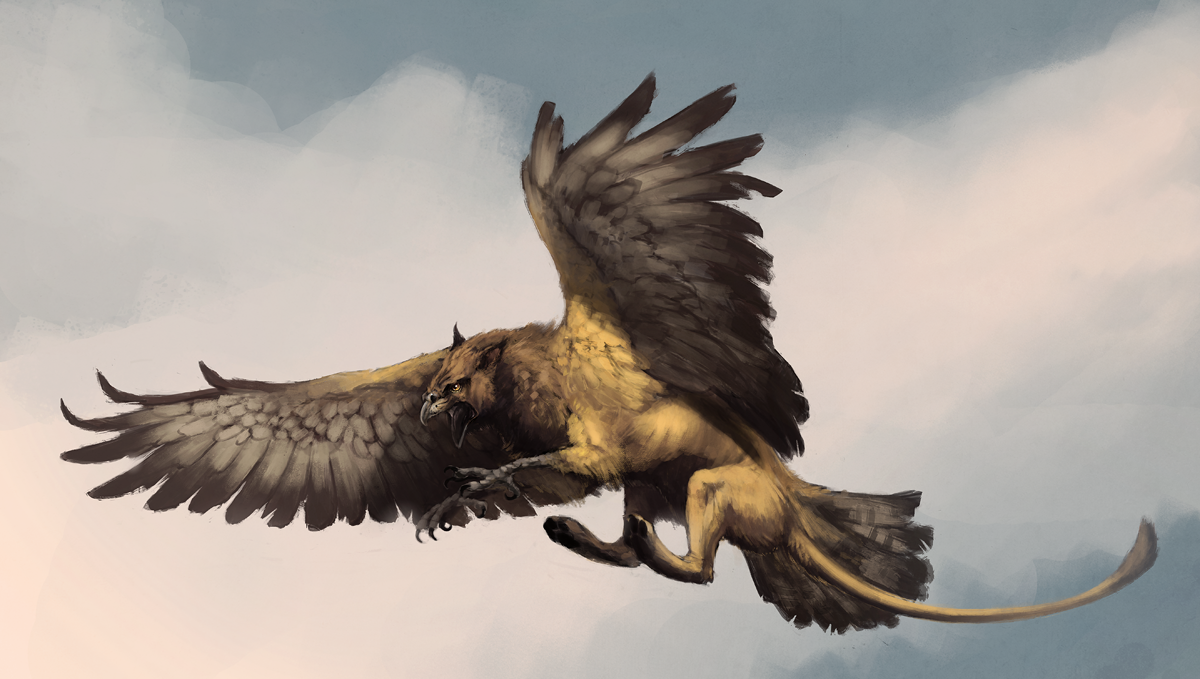
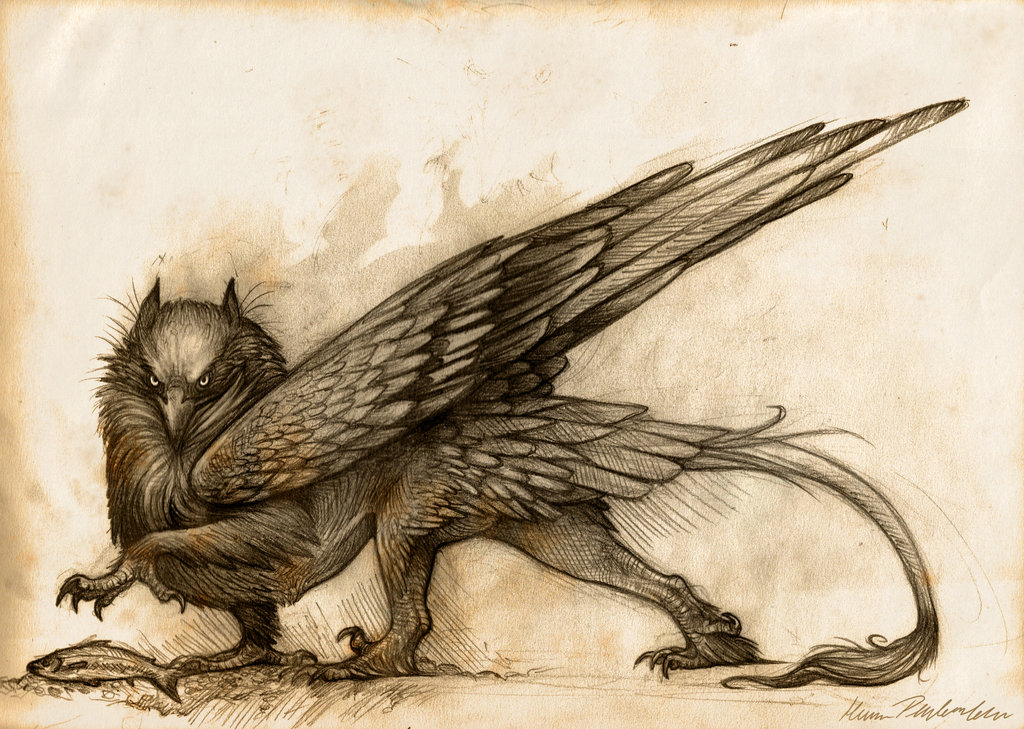
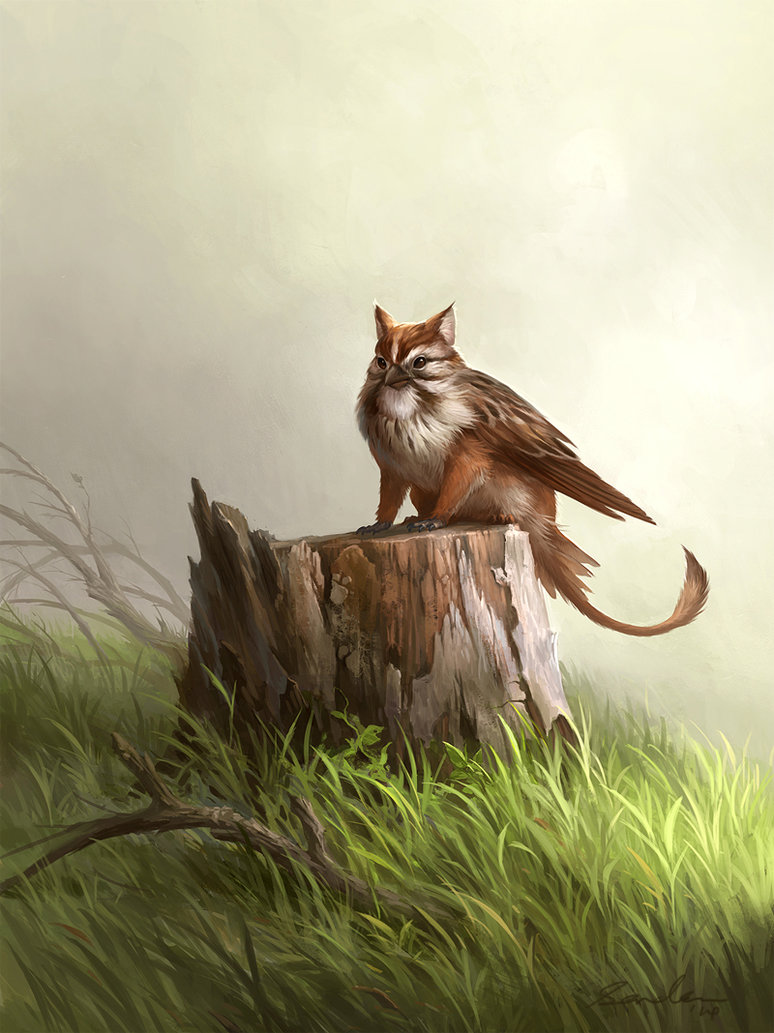
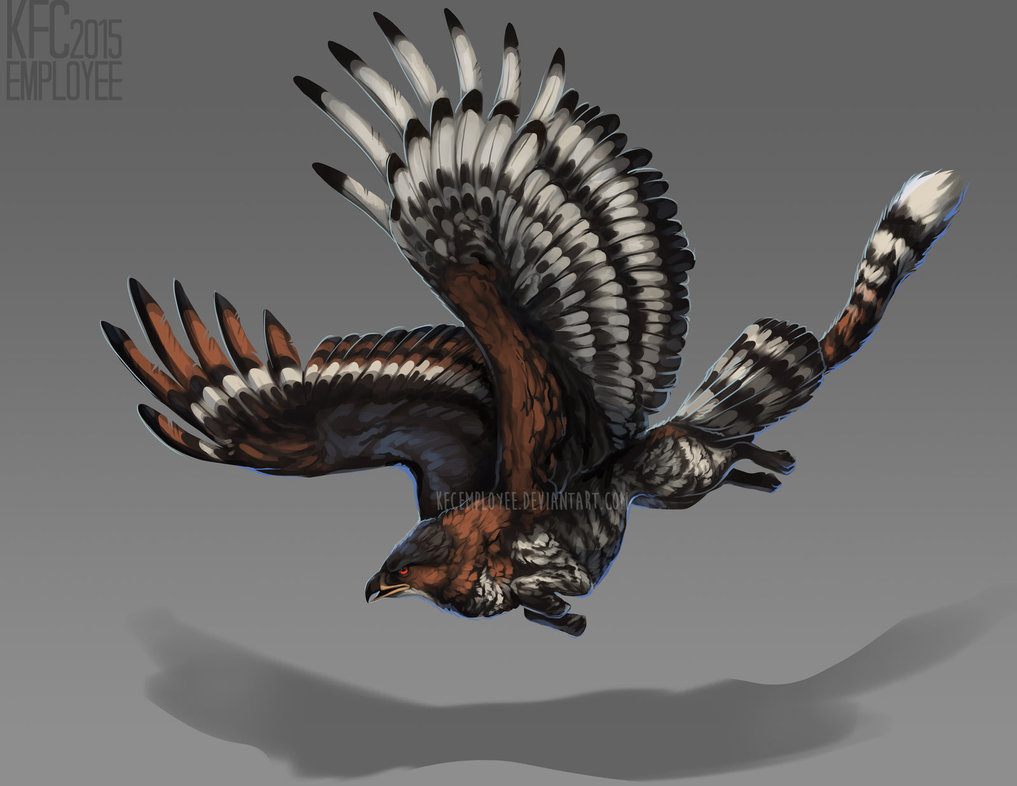

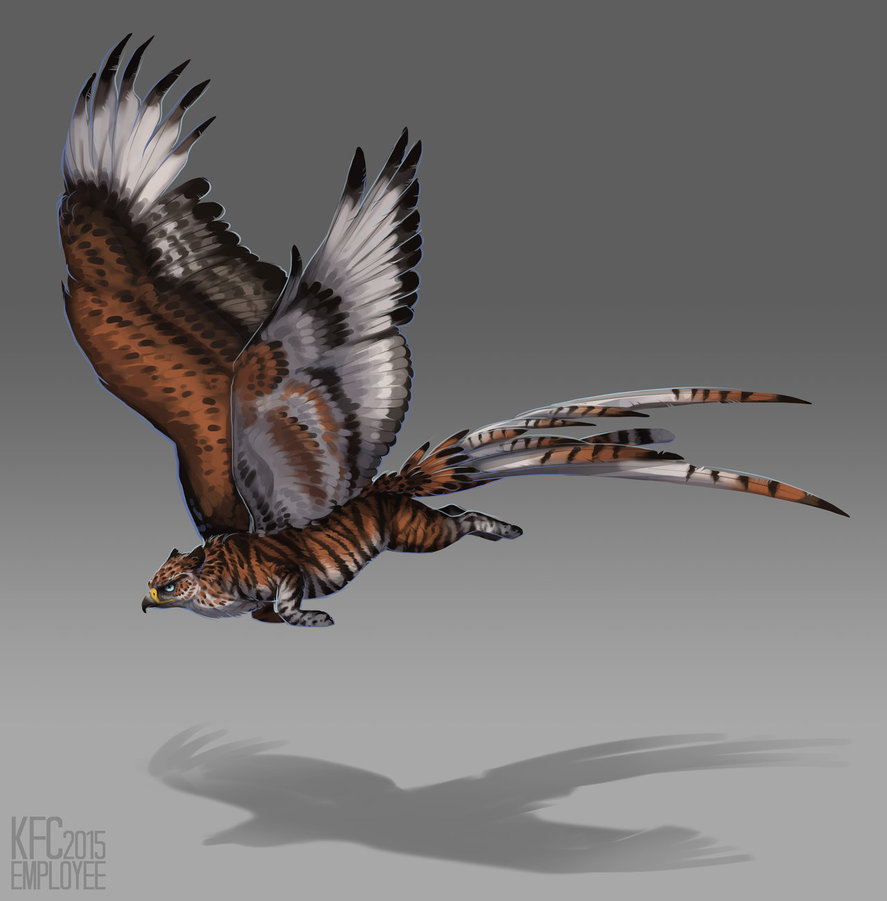

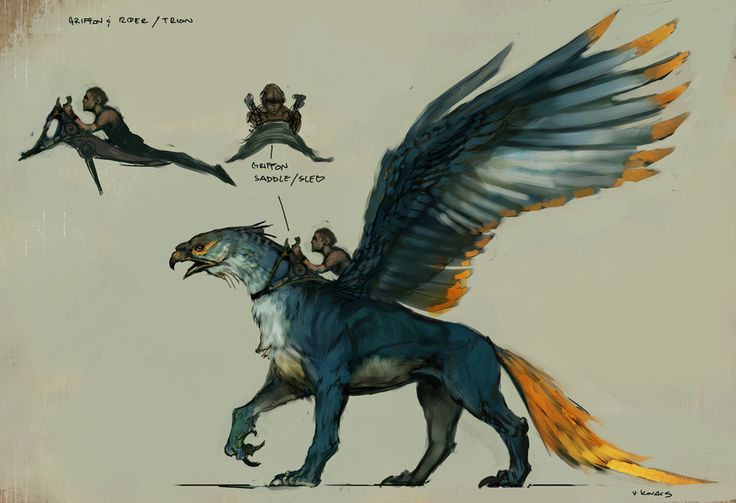
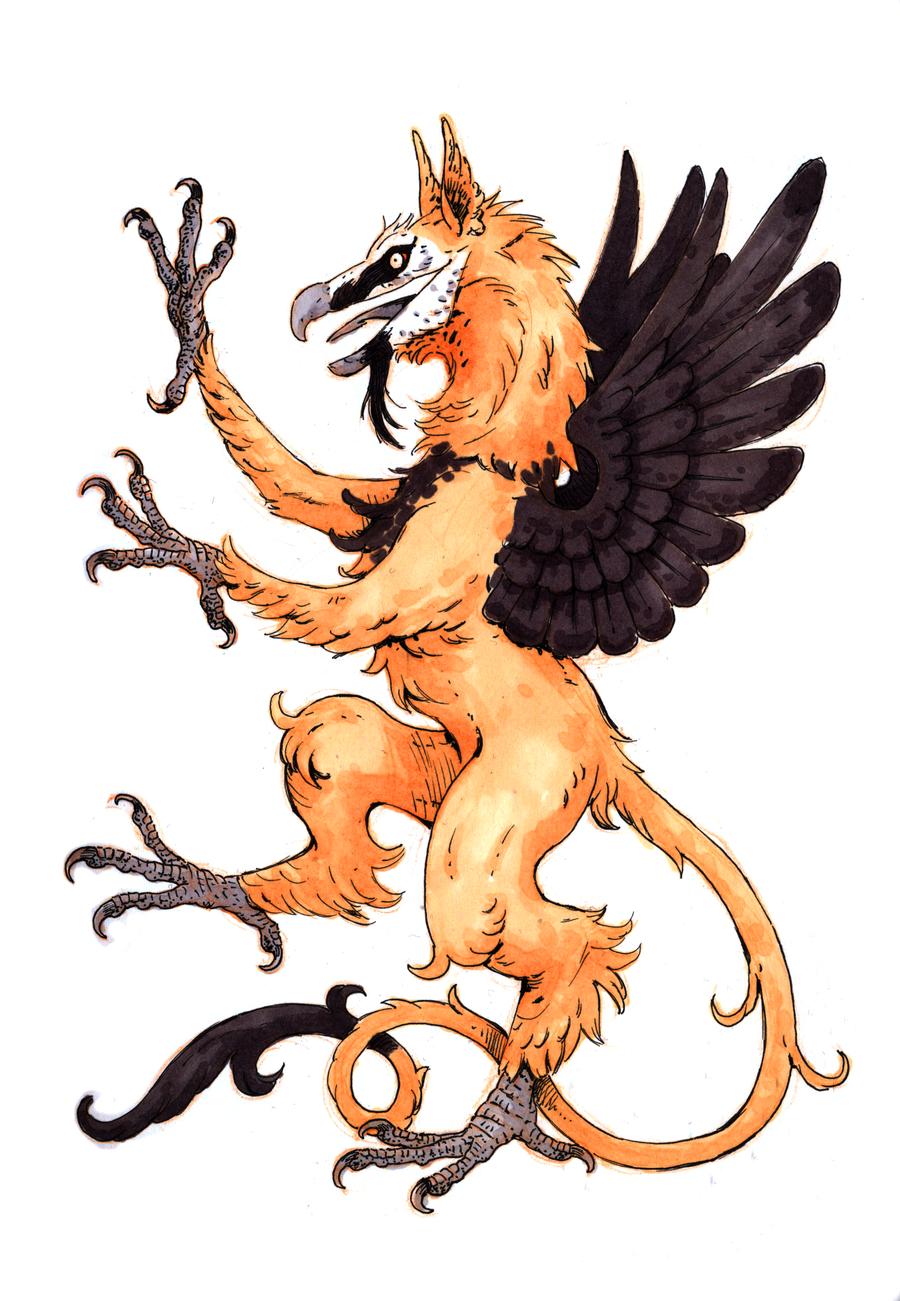
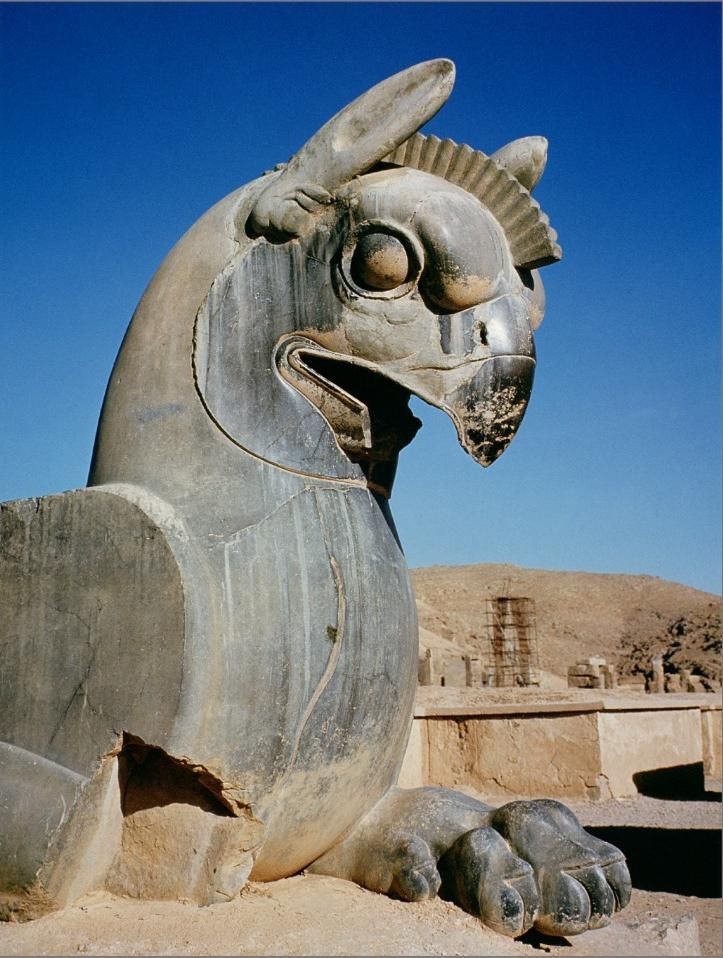
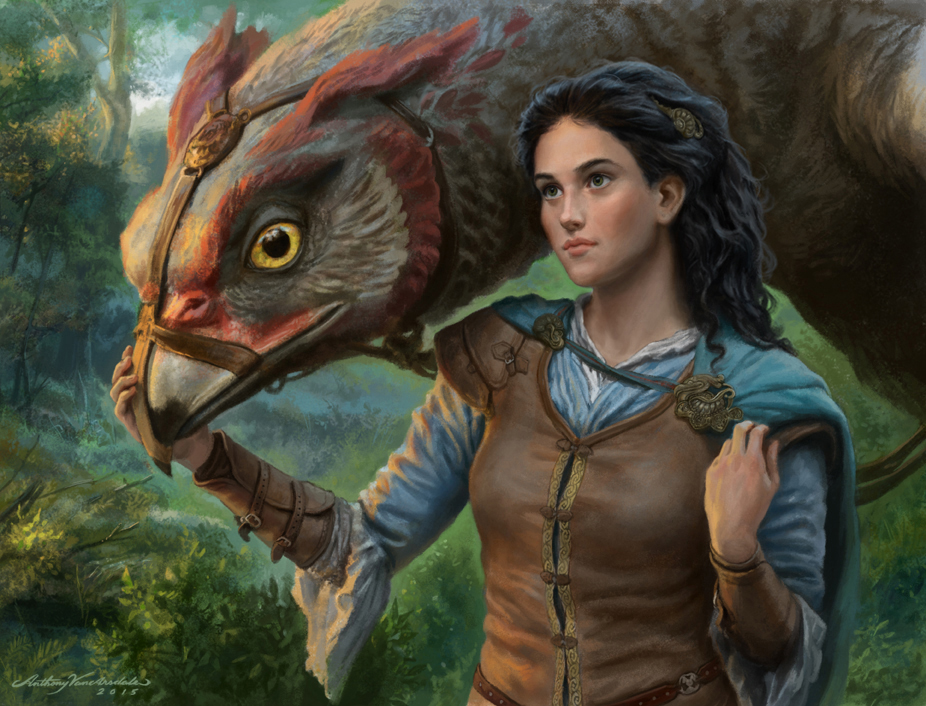
Odd Question, but I'd LOVE to see the full hunting ceremony the Zwahi do when they bring down a gryphon; I've been trying to come up with one for a world I have where Gryphons are both a aid to humanity, and a menace that needs to be dealt with on occasion.